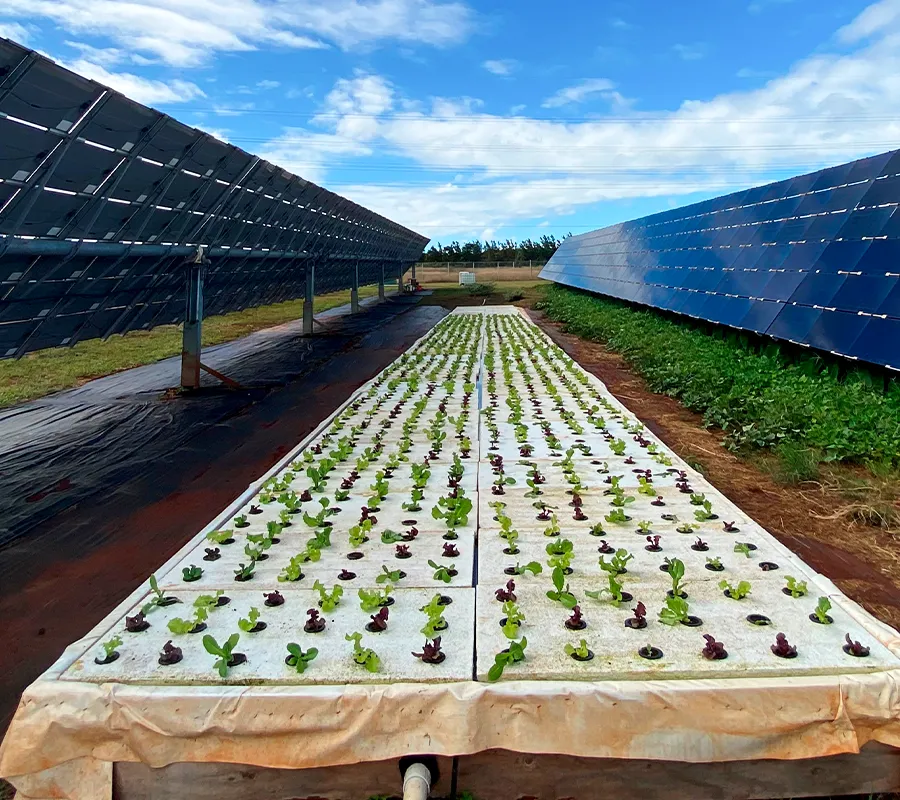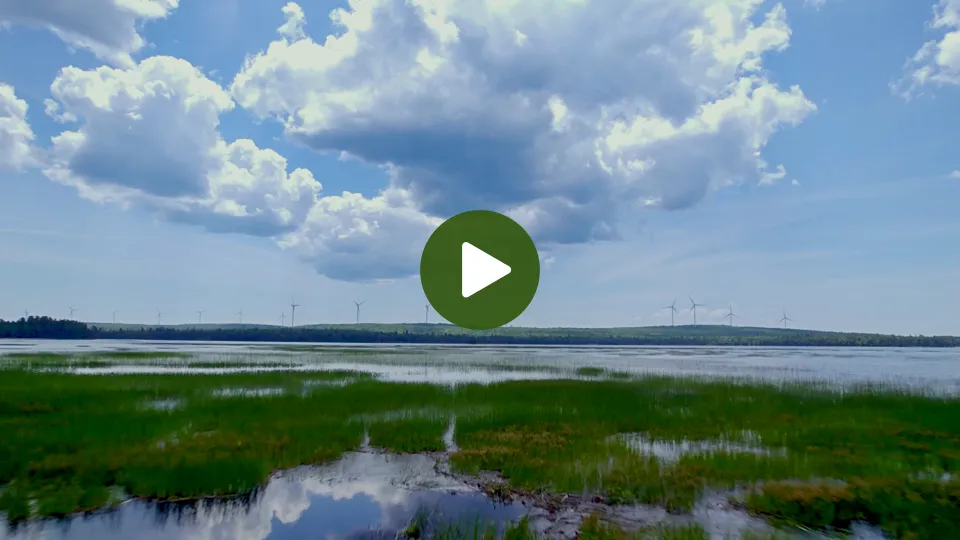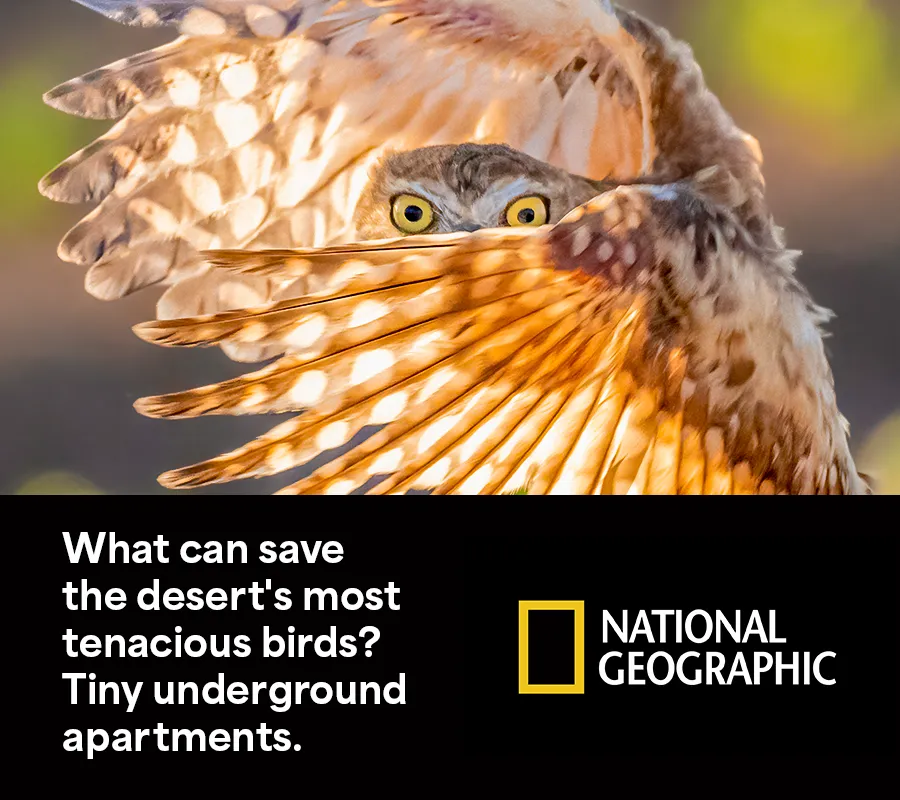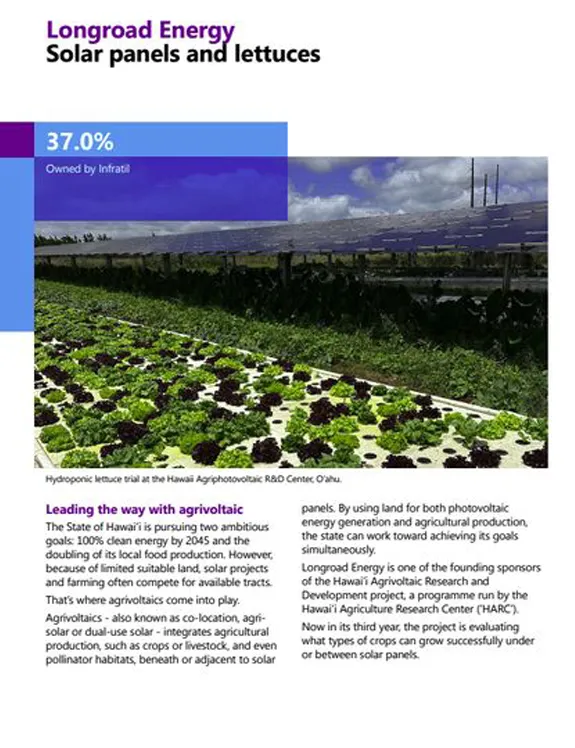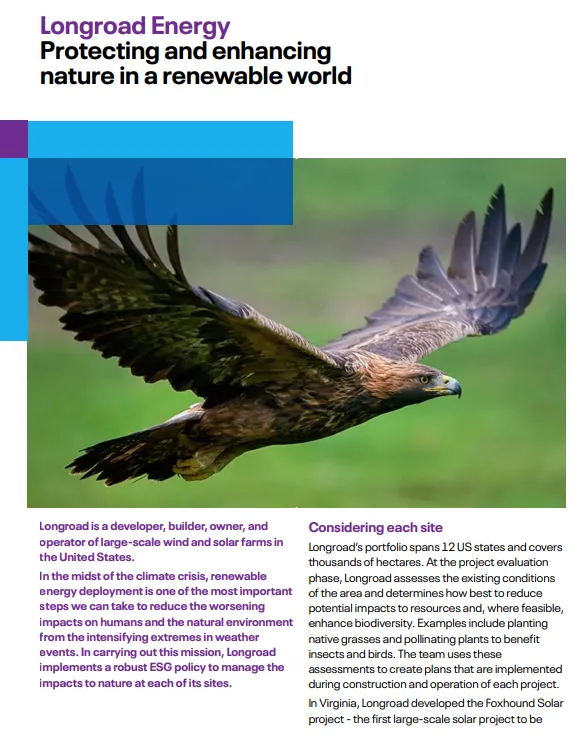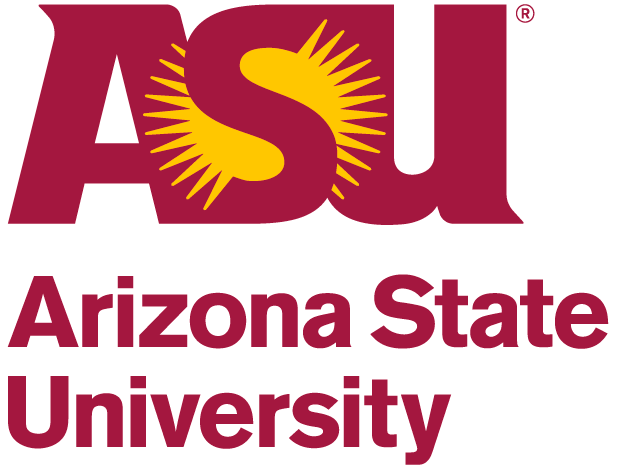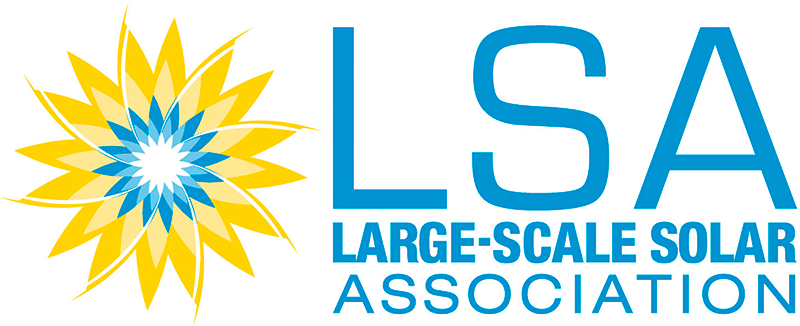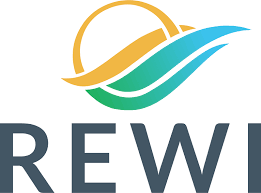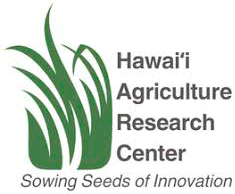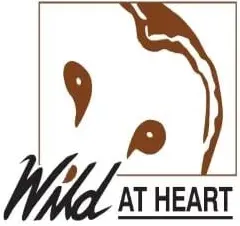Responsibly developing renewable energy and enhancing ecosystem services
Renewable energy development is intrinsically a conservation measure because it reduces the impacts of climate change on wildlife and ecosystems. In accordance with our ESG and Environmental Awareness policies, Longroad conducts a wildlife and habitat assessment for every project to formulate strategies to reduce wildlife risk and identify measures to enhance ecological services. In addition, we actively fund and participate in environmental research to advance innovative techniques that support biodiversity and sustainability goals.
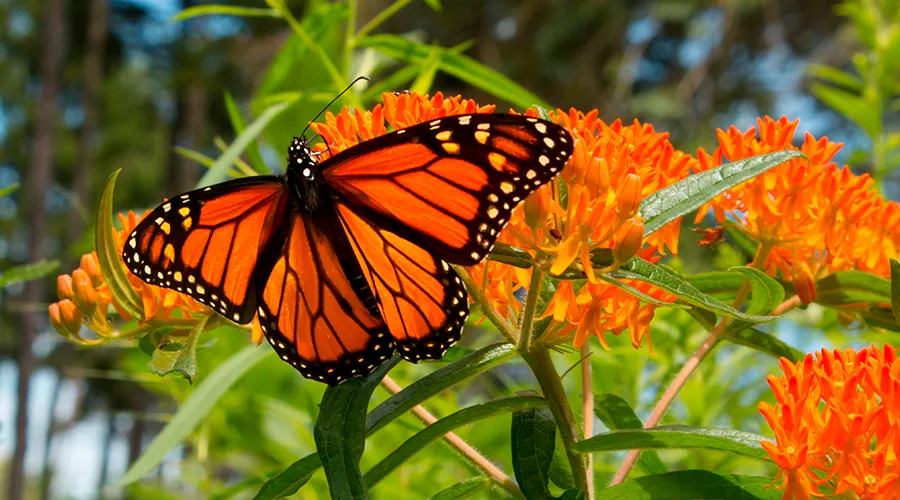
Safeguarding ecosystems
Biodiversity and environmental assessment
Every solar project we develop is assessed through our solar siting guidelines to responsibly consider natural resources at our sites. Enhancing biodiversity is vital for maintaining native species’ habitat, so Longroad identifies measures that can support wildlife while generating clean energy. Each project begins with a desktop environmental review that evaluates natural resources. Following the review, we inventory vegetation and wildlife habitats, perform surveys, and coordinate with agency biologists. Based on the information we gather, a site-specific wildlife conservation strategy is developed that includes a risk assessment and best management practices for construction and operations.
Avian and bat protection
We innovate around birds and bat conservation by investing in and implementing cutting edge technology, funding research, and partnering with conservation organizations. One protective technology we have utilized is IdentiFlight (developed by Boulder Imaging), a system that scans the sky looking for eagles and turns off the turbines until they have cleared the area.
At all our wind sites, we feather turbine blades (so they don’t rotate) below cut-in speed to reduce bat impacts at low wind speeds.
In Arizona, we fund research that was featured in National Geographic for successfully relocating the Western Burrowing Owl into desert areas near our solar farms. The research is in partnership with Wild at Heart, a raptor rescue and rehabilitation organization with over 20 years of experience working with owls. We also partnered with other renewable energy companies to develop the Western Burrowing Owl Conservation Strategy, which the Large-scale Solar Association has adopted and published for California.
Native plant species and pollinators
Pollinating insects are required for not only much of our food production, but for reproduction of the trees and plants that are key components of ecosystems. Pollinators are in decline, to the point where many species are now listed under the federal or state endangered species acts. We are actively addressing this issue by planting pollinator species at our project sites when possible and developing management plans that support flowering while minimizing fire risk. In 2023, we completed the construction of Foxhound Solar in Virginia which became the first large-scale solar project to be certified PollinatorSmart.
Land Conservation
We contribute to land conservation efforts by purchasing lands with high natural resource value, placing them into ‘in perpetuity’ conservation easements, and donating them to conservation management organizations.
During the development of the Weaver Wind project in Maine, the project purchased two land parcels totaling about 5,000 acres with forested wetlands, streams, and estuarine ecosystems which were high value for breeding and migratory birds.
Another example, Three Corners Solar in Maine, protected about 2,000 acres of wildlife habitat through conservation easements. These parcels included forested wetlands, uplands, inland-wading bird and waterfowl habitats, and deer wintering areas. These easements and the adjacent conservation land expanded a network of protected areas that provide adaptive corridors supporting species movement caused by climate change.
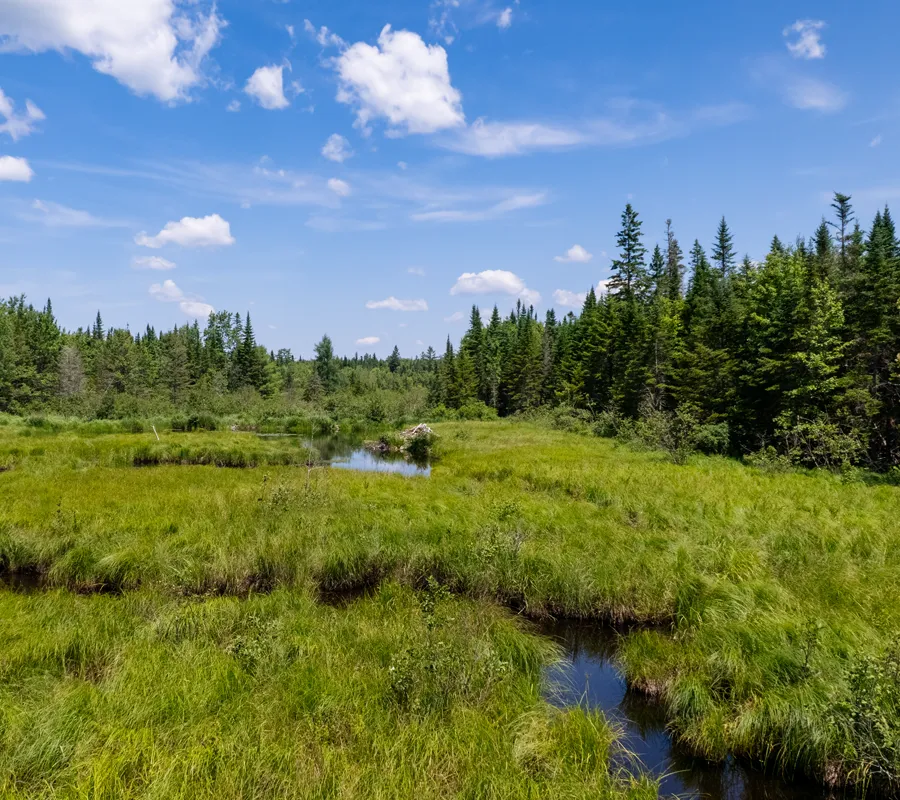
Environmental Research
Longroad pursues research initiatives on a variety of biodiversity and environmental topics in collaboration with universities and other organizations, like the Renewable Energy Wildlife Institute (REWI). Our partnership with Clearway Energy and AES funds the Hawaiian Agricultural Research Center (HARC) to conduct agrivoltaics research at an operating solar facility in Oahu, HI. We are in our third year of an on-going effort to determine what crops are most commercially and agriculturally viable under and between rows of PV solar panels. The research is being shared with the community and governmental leaders.
We are partnering with Arizona State University (ASU) to pilot research into biocrust growth acceleration at our solar sites, which have had the biocrust layer removed as an unintended impact of construction. Desert biocrust is an important natural community of bacteria, algae, and fungi that live on the top layer of lightly disturbed soil. When disturbed and no longer present, the bare soil is readily picked up by wind or washed away by rainfall. Early research is demonstrating that the shade at solar sites naturally lowers soil temperature and causes greater retention of water, which seems to create an enhanced medium for growth. With ASU, we are studying methods for ‘seeding’ biocrust at solar sites to restore this natural environment at our energy plants more rapidly.
